Overview of vacuum heating radiators: super-batteries or a divorce from merchants?
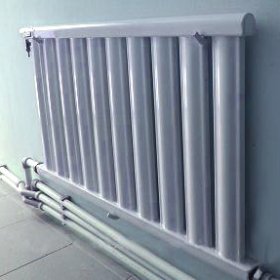
The desire to reduce heating costs of housing, without compromising the quality of heating, is quite natural for every homeowner. After all, the increase in energy prices, and with it the increase in receipts for utilities, is simply impossible to ignore. Therefore, owners are increasingly looking at modern progressive developments, created with the aim of bringing effective warmth and comfort to the house and requiring minimal operating costs. One of these, of course, are vacuum radiators - quite typical in terms of “shape”, but non-standard in terms of “content”.
Content
How is this equipment arranged?
Vacuum radiators appeared on the domestic market relatively recently, but have already managed to gain considerable popularity among consumers. Visually, these heating devices are not much different from the usual sectional batteries. They are made of carbon steel, have a traditionally white or decorated surface.
But vacuum radiators are arranged in a radically different way. Heating medium (water, antifreeze) in a vacuum radiator circulates only through a straight pipe located in its lower part. Instead of water, sections of the device contain a small amount of lithium bromide liquid, which begins to boil under vacuum even at 35 degrees. The contact of the primary coolant (water) with the secondary (special fluid) occurs exclusively through the metal surface of the pipe.
The principle of operation of the vacuum radiator is as follows:
- Water from the heating system enters the lower part of the radiator.
- Heat is transferred to the secondary coolant.
- The working fluid turns into a vaporous state.
- Powerful evaporation quickly and evenly heats the metal case of the device and the radiator gives off heat to the surrounding air.
- Condensate on the inner walls of the sections drops down, and then, boiling, again turns into steam.
In one section of the vacuum radiator contains only 50 ml of coolant (for comparison: in aluminum - 350 ml). A smaller volume of heat carrier is easier and faster to heat up - after all, heat for this is required many times less. Considering that lithium bromide liquid begins to “work” at a very low temperature, it is obvious that the energy costs for heating the water in the system when installing vacuum heating radiators will be small. This is the main "trump card" of the equipment in comparison with other water heating units (cast iron, aluminum, bimetal).
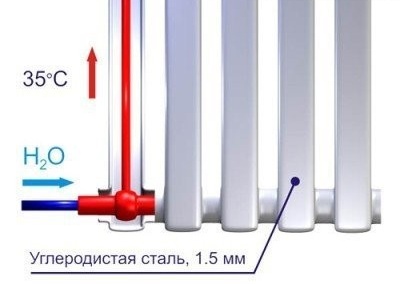
Many are skeptical about the advantages of vacuum radiators, but practice shows that the principle of operation of the units is very effective.

Shooting with a thermal imager confirms the uniformity of heating of the vacuum radiator and its higher efficiency compared to a cast-iron battery
Vacuum radiators are perfectly combined with many heat sources - stoves, electric and gas boilers, solar collectors. They are a worthy choice for both autonomous and centralized heating systems. Effectively heating residential and industrial buildings, vacuum-type radiators are increasingly becoming the confident choice of practical consumers.
Rules for choosing a vacuum radiator
By opting for vacuum radiators, the buyer is guaranteed to receive such benefits:
- a significant reduction in the volume of coolant in the system - by about 80%;
- natural reduction in heating costs. The basis of savings is the reduction in the volume of coolant;
- elimination of internal corrosion of the device body. Only the lower tube can corrode - and that, in case of use of a poor-quality heat carrier;
- impossibility of siltation and blockages of sections;
- low hydraulic resistance;
- high efficiency;
- lack of air jams in system;
- minimum costs for installation of equipment;
- extremely fast indoor air heating;
- ease of maintenance;
- ease and esthetic appeal of devices;
- lack of need for regular maintenance of equipment.
And vacuum radiators are very durable: under appropriate operating conditions, their service life can reach 25-30 years. These units demonstrate maximum efficiency in an autonomous system with a low power boiler and in a centralized system with installed heat meters.
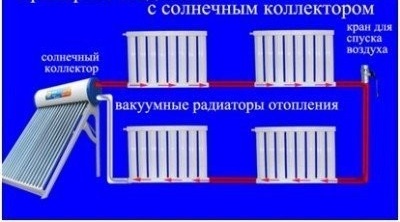
Vacuum radiators and a solar collector are an excellent tandem for creating a modern, highly efficient and economical heating system for a private house
The simplicity of the design of vacuum radiators allows us to talk about high safety equipment. Devices have only two threaded connections that are used to connect the device to the heating system. The risk of depressurization on them is practically eliminated. When the vacuum battery fails, the "traditional" for radiators of water heating "large-scale flood" does not occur. This is another reason to turn your attention to this unique development.
Before you buy a vacuum radiator, you must make sure (as far as this, in principle, is possible for the average buyer) in the reliability and compliance of the unit with the established standards:
- study the technical documentation accompanying the design, make sure that all the necessary certificates are available;
- shake the radiator to estimate the volume of lithium bromide mixture. It is very important that it is not too much. Ideally, a small rustle should be heard. According to the pronounced sound of fluid flow, it is possible to assume with a high degree of probability a poor battery quality;
- carefully inspect the welds. Good, even seams are a sure sign of the factory origin of the product.
- check if the powder coating of the appliance is not affected by contact with the solvent.
The main disadvantage of the equipment is its price - such a “pleasure” will definitely cost more than similar solutions.
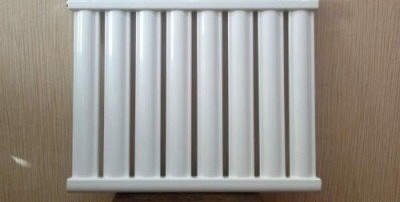
Vacuum radiators - a high-tech product, which is a real innovative breakthrough in the production of heating equipment. Therefore, it is not surprising that a lot of low-grade fakes of these products appeared on the market. Buyers are advised to be extremely alert when making their choice.
Self-assembly of vacuum batteries
Vacuum heating radiators are extremely easy to install - so you can safely take on this job with your own hands. The main thing is to own all the necessary tools and be clearly familiar with the installation rules recommended by manufacturers.
For installation you will need:
- level;
- pencil;
- roulette;
- drill;
- a set of keys;
- tow;
- sealant;
- foil;
- brackets;
- drill.
Work execution order:
- If the heating system is being reconstructed, first remove the old batteries.
- If necessary, align and trim the walls.
- Mark the places of fastening of the equipment.
- Stick foil on the wall.
- Install the brackets.
- Hang the radiators on the brackets.
- Connect the piping.
- Test the system for leaks.
Before installation, the vacuum radiator must be installed in a horizontal position and shaken left and right for a minute to ensure that lithium bromide liquid flows off to the bottom of the device.
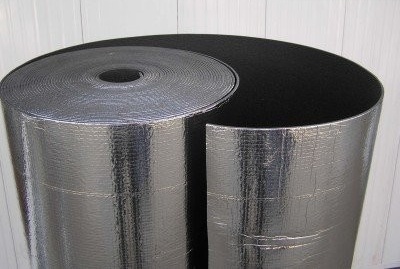
The recommendation to stick reflective material (isolon or foil) behind a vacuum radiator causes a lot of discussion both among homeowners and among craftsmen. Some believe that this procedure really increases the heat transfer of the device to the room, while others relate to it no more than simulating violent activity
When installing equipment, an important point is the observance of distances:
- from the wall - at least 5 cm;
- from the floor - at least 8-10 cm;
- from the windowsill - at least 10 cm.
It is also very important to correctly calculate the required number of sections for each of the rooms - taking into account their area, ceiling height and other determining factors. For approximate calculations, you can use our online calculator:
Fields are filled incorrectly. Please fill in all fields correctly to calculate the number of sections
It is important to note that it is not recommended to operate vacuum batteries in conjunction with other heating devices in order to avoid instability of the system.
In order for the heat from the vacuum radiators to be really economical, it is necessary that the housing is as warm as possible. Windows with heat-saving double-glazed windows, good doors, insulated floors and attics are guaranteed to increase the efficiency of heating appliances.
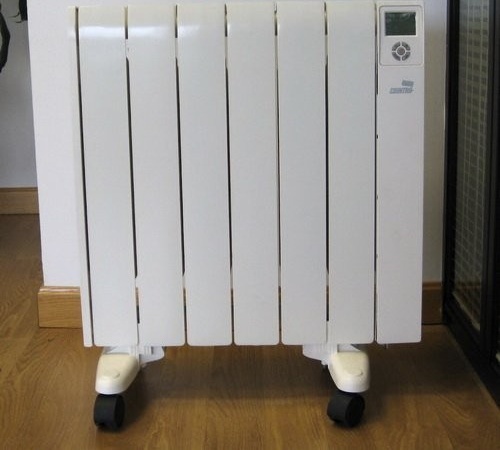

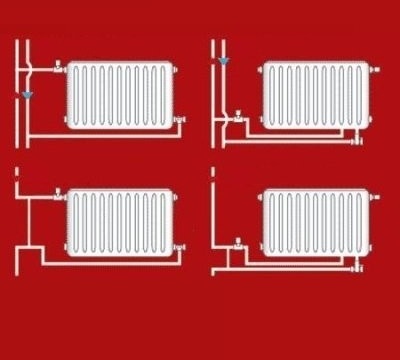
1 comment